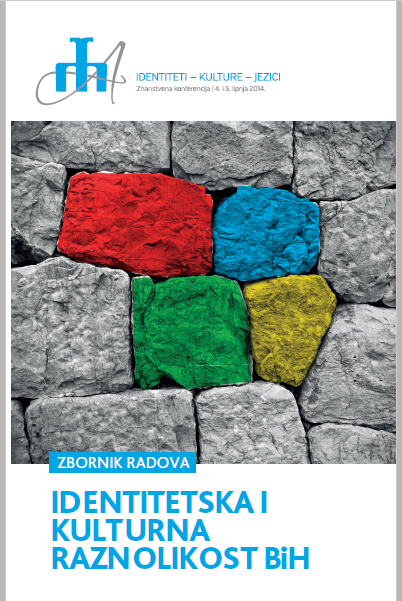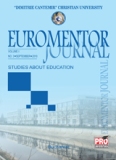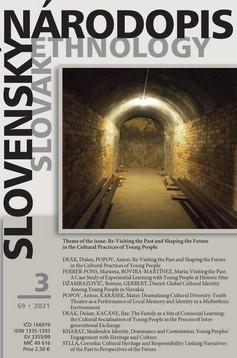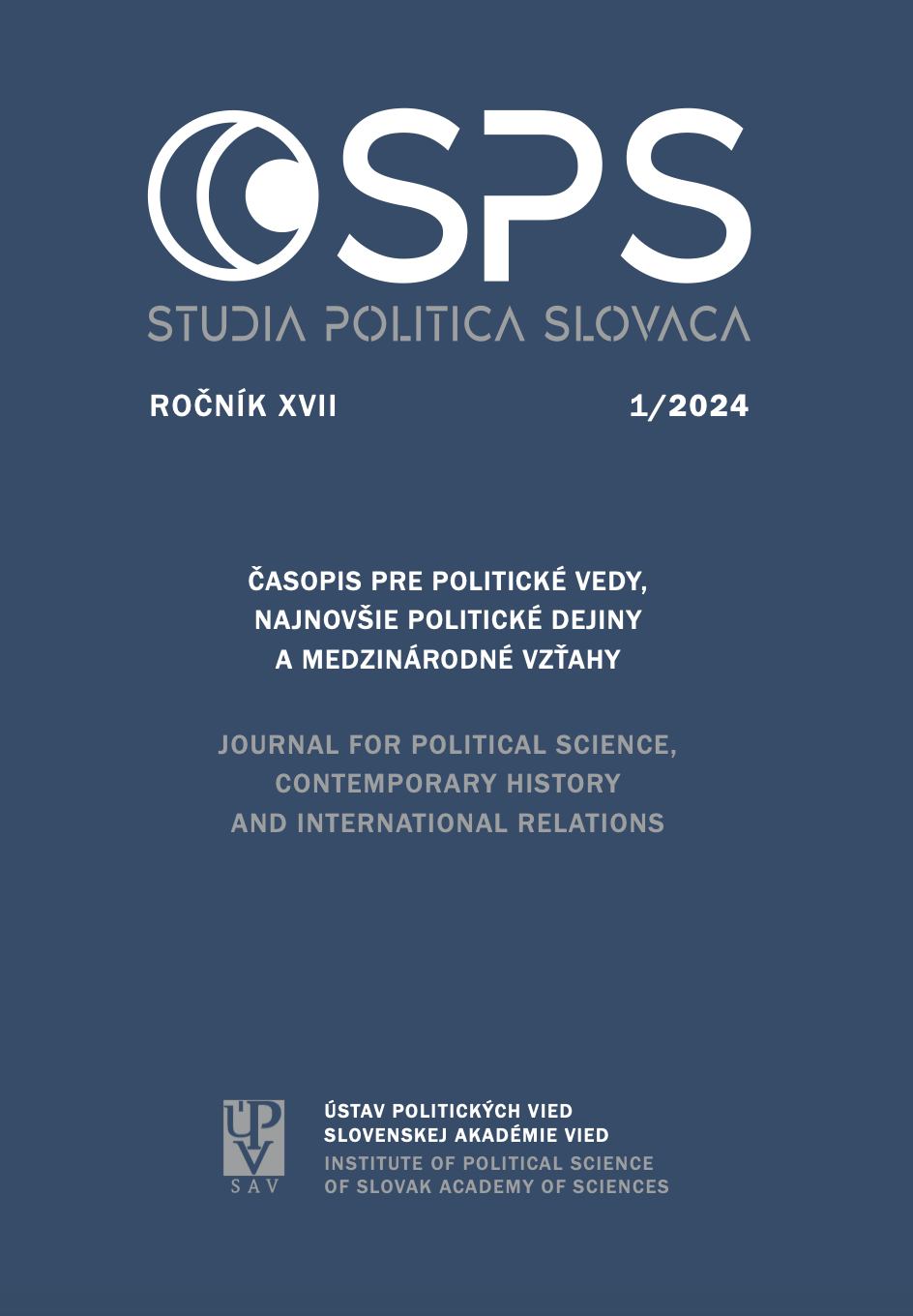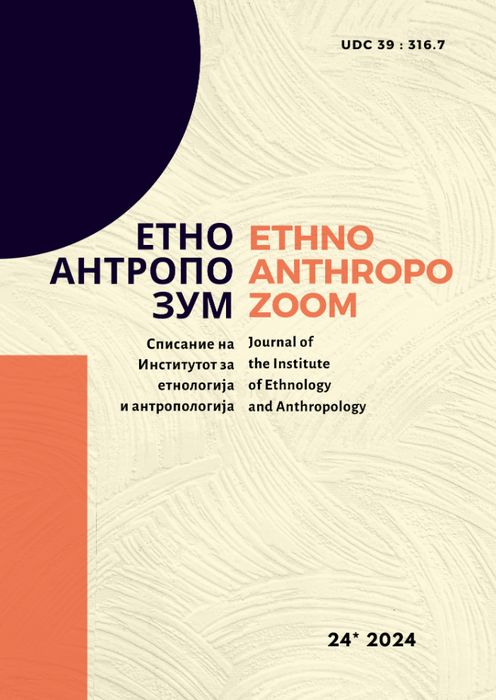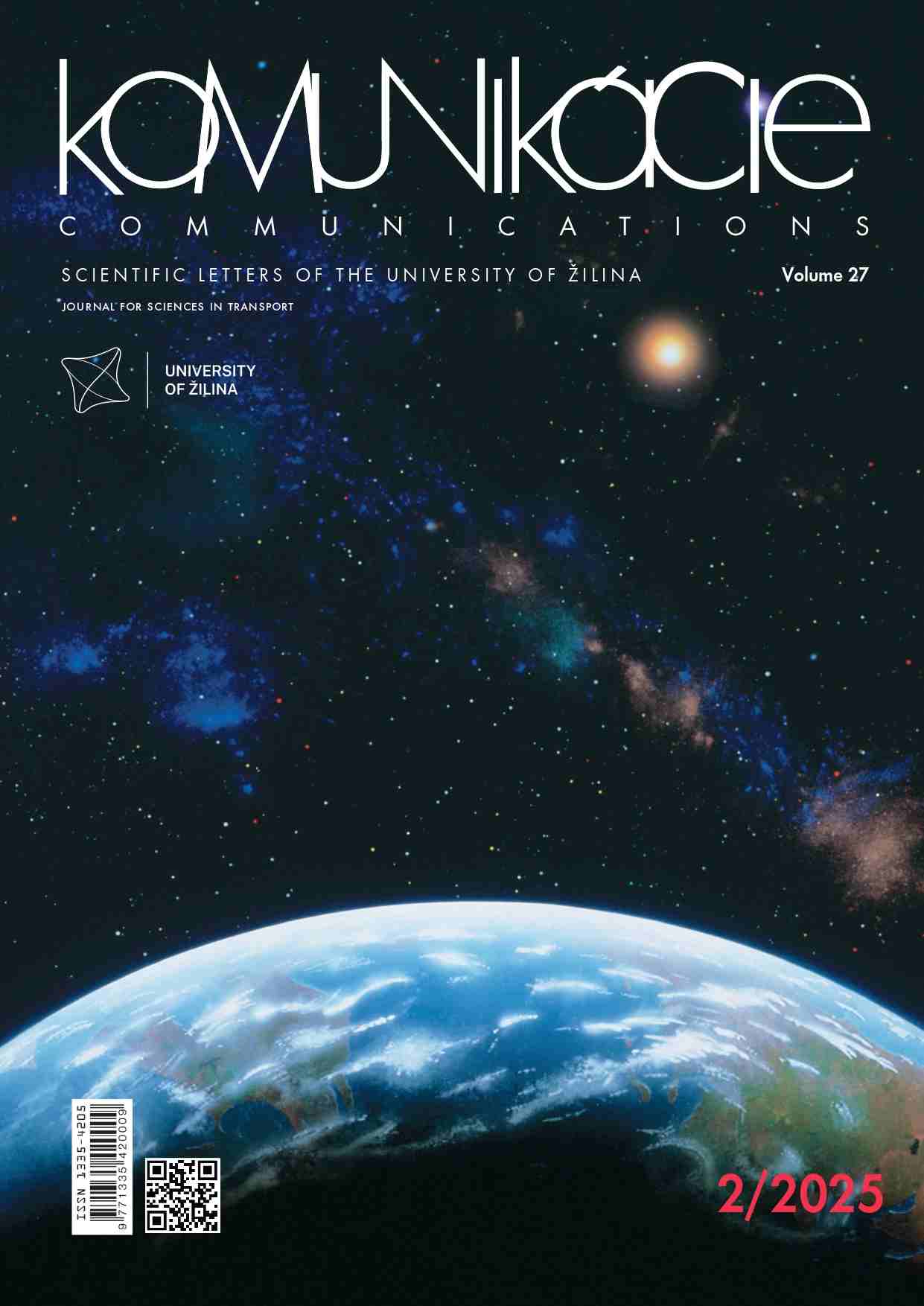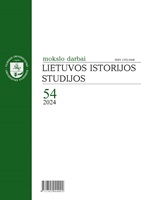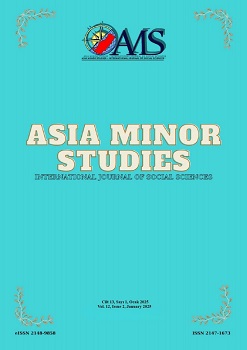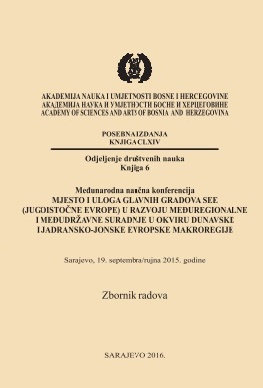
Grad Sarajevo u međugradskoj saradnji glavnih gradova zemalja Jugoistočne i Centralne Evrope
In the period between 70s and 90s of the twentieth century, the city of Sarajevo had a remarkable boom in its development. Implementation of three development projects contributed to this fact: the project of protection of the environment; the project of territorial expansion of Sarajevo with 10 municipalities and the project of organization of the XIV Winter Olympic Games in 1984. The rise in the development of Sarajevo was stopped in the war against the existence of the state of Bosnia and Herzegovina, during the siege of the city between 1992 and 1995. Reconstruction of the city of Sarajevo in the post-war and post-Dayton period took place with the help of foreign donations. Municipal infrastructure and housing facilities were rehabilitated. The rebuilding of the economy had an unfavorable flow within the course of privatization of state-owned companies. A strategic issue for the development of the city of Sarajevo in the post-Dayton period referred to the definition of the political-constitutional and legal position of the city of Sarajevo. The influence of historical forces in the process of implementation of the Dayton Peace Agreement had led to the signing of the Protocol on the Organization of Sarajevo in 1996 by the two ruling parties at that time: the Party of Democratic Action (SDA) and the Croat Democratic Party (HDZ), and Deputy High Representative of the international community. With this protocol, the city of Sarajevo had lost its own jurisdictions from the pre-war time. It also lost its urban-territorial wholeness. From ten municipalities it had before the war, Sarajevo was reduced to four municipalities in the narrow urban core. It also lost its original powers and own revenue. Authority in the area of municipal infrastructure, utilities and urban planning were transferred to the Sarajevo Canton. Such chain of events in defining the con¬stitutional-legal position of the city of Sarajevo was treated in the literature as the process of reduction of jurisdiction and territorial reach of Sarajevo in the post-war period.Despite significantly limited jurisdictions, the city of Sarajevo emerges as a successful carrier of inter-city and regional cooperation. It has developed cooperation with most capitals of SEE countries. This paper brings an overview of the contents of cooperation agreements which Sarajevo has signed with the major cities of the countries of Southeast Europe. In the last two decades, inter-city and regional cooperation have been focused on the areas of culture, sports and tourism. What is still missing are cooperation projects between Sarajevo and the capitals of SEE countries in the fields of economic development, development of utility infrastructure and the construction of roads and railways. In the coming years, which are the years of integration of Bosnia and Herzegovina into the European Union, Sarajevo as BiH’s capital and its largest city has an important role in the creation of development projects and their implementation through collaboration with major cities in the region of Southeast Europe and in the area of the Danube and the Adriatic-Ionian European macro-region.
More...
